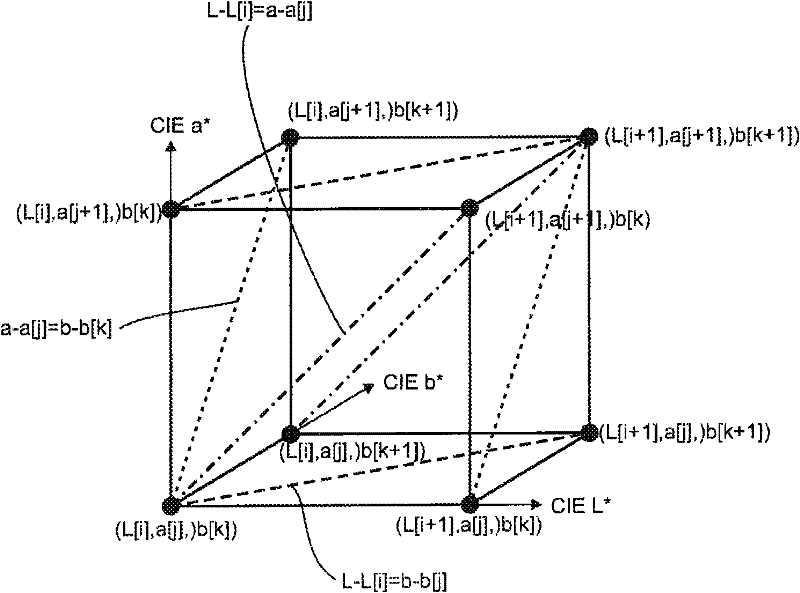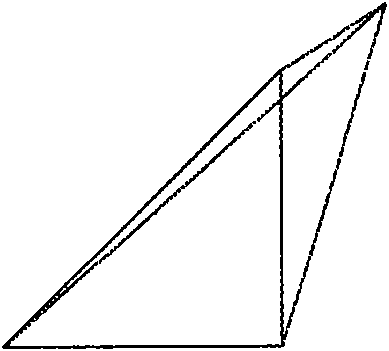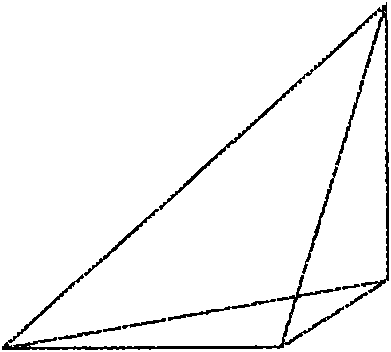Method for selecting a color transformation
A conversion and image conversion technology, applied in the color management system of faithful color reproduction, the field of color image reproduction, can solve the problem that the sum of colorants and black colorants cannot provide useful and reliable indicators
- Summary
- Abstract
- Description
- Claims
- Application Information
AI Technical Summary
Problems solved by technology
Method used
Image
Examples
no. 1 example
[0178] The first but not preferred embodiment works as follows, and by Figure 5 to explain.
[0179] This first embodiment assumes that the destination profile also includes a forward lookup table (which is not always the case).
[0180] In a first step (500), a pixel of a destination image having a destination vector (c, m, y, k) is selected.
[0181] In a second step (510), the destination vector (c, m, y, k) is converted into a source vector (L, a, b) using a forward lookup table of candidate destination profiles. This is achieved by employing one of the known interpolation techniques such as N-dimensional interpolation or tetrahedral interpolation.
[0182] In the same second step (510), the source vector (L, a, b) is converted back to an approximate destination vector (c', m', y', k'). Similarly this is achieved by employing one of the known interpolation techniques such as three-dimensional interpolation or tetrahedral interpolation.
[0183] Next calculate (530) the...
no. 2 example
[0217] Second Embodiment - Basic Principles
[0218] The second embodiment overcomes the limitations of the first embodiment.
[0219] In the previous example, first use forward lookup table A source vector (L, a, b) corresponding to a destination vector (c, m, y, k) in the destination image is obtained. This source vector is then used to obtain an approximate destination vector (c', m', y', k') using a reverse lookup table.
[0220] In the current and preferred embodiment, only use reverse lookup table . This may not be easy to understand at first glance, but it will become clear after reading the rest of this text. As for the rest, the second and preferred embodiment uses the same steps as the first embodiment, including optimization.
[0221] Equation 1, derived in an inverse lookup table for a particular tetrahedral cell, predicts a 4D destination vector (c, m, y, k) from a 3D source vector (L, a, b).
[0222] From a geometric point of view, this transformation l...
PUM
 Login to View More
Login to View More Abstract
Description
Claims
Application Information
 Login to View More
Login to View More - R&D
- Intellectual Property
- Life Sciences
- Materials
- Tech Scout
- Unparalleled Data Quality
- Higher Quality Content
- 60% Fewer Hallucinations
Browse by: Latest US Patents, China's latest patents, Technical Efficacy Thesaurus, Application Domain, Technology Topic, Popular Technical Reports.
© 2025 PatSnap. All rights reserved.Legal|Privacy policy|Modern Slavery Act Transparency Statement|Sitemap|About US| Contact US: help@patsnap.com



